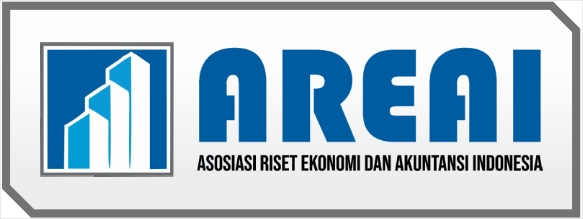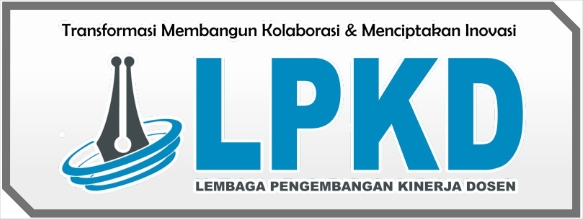INFORMATION MANAGEMENT OF PRODUCTION RAW MATERIALS INFORMATION WITH FIFO METHOD BASED ON CLIENT SERVER
DOI:
https://doi.org/10.55606/bijmt.v1i3.206Kata Kunci:
Raw Material Inventory Information System FIFO MethodAbstrak
In conducting research, using descriptive methods, where the sources and types of data used are quantitative data and qualitative data. The research design used by the author is a primary data research design and a secondary data research design. The data collection technique used is a field research technique which includes interviews and observations, while a library research technique includes data collection techniques by studying, reviewing and understanding existing data sources. in several books related to the research.
In the presentation of the raw material inventory report still using manual recording using inventory cards and Microsoft Office Excel 2003 software, then the new information system will be used to create a system that includes making DFD, ERD, Normalization, context diagrams and physical design, namely output design and databases.
From the results of the study, it can be concluded that the existing system in CV. Adi Sejahtera Bandung there are several weaknesses, the system for recording transactions in and out of raw materials that is run manually is still not efficient, the occurrence of errors and the slow sales process is due to the slowness in receiving information on goods at this company. The author suggests using a computerized raw material inventory information system to help management control inventory transactions by improving the information structure in reports and making standardized reports to make work efficient and effective.















